Jacob Garza is an artist based in San Antonio who specializes in creating paintings and drawings that depict people and places. His work delves into the themes of nature, memory, and identity, calling on his own personal experiences and the oral stories passed down by his family to create visual narratives. As a Latino descendant of agricultores, he often explores his own familial relationships and the communities in which he grew up.
For Garza, painting is a sacred tool/space, inspired by mysticism, that he uses to connect with ancestors and spirits. Ghostly figures in his scenes capture the fading memories of ephemeral experiences, with layered elements embodying the physical and spiritual.
Garza graduated from Texas State University in 2022 and started an artist residency at the Trout Museum of Art in Wisconsin shortly thereafter. His artwork was displayed in 2022 at The Woodlands Art Gallery & Studios in an exhibit titled Sunlight Through a Prism: Exploring Color in Art, where his work Donde Me Lleve El Camino won first place, selected by juror Rebecca McNamara, an associate curator from The Tang Teaching Museum.
Sofia Penny (SP): When did you know you were going to dedicate yourself to the arts and pursue a life of creativity? Did you have artistic influences within your family?
Jacob Garza (JG): There have been many stages that built up my passion and determination for art and the creative life I pursue. My interest was sparked in pre-k when I was around four or five years old. I would doodle animals, cars, elaborate machines, and mazes in spiral journals. Then, I would write the prices of my pieces on the back and sell them to friends and family. Once I was in high school, I was determined that this was what I wanted to pursue. No one in my family had any artistic prowess, knowledge of art history, or had even been to art museums. When I came along with the interest and passion to go looking for it, they came along in the journey as well. My mother was always encouraging, supportive, and creative. She would doodle a lot with me and share some of her ideas about potential concepts. Other people who influenced me were my uncles and grandfather; they were always creating things out of nothing, and their work ethic really rubbed off on me. They were resourceful and thoughtful about the things they would make, including electronics, furniture, clothing, gardening, and mechanical things.
SP: Creating art and being able to go to school for art is a privilege. Your family’s creativity surfaced in areas different from traditional art mediums. What was your experience exposing them to your art training? Have you visited any museums together now? Or do you share your knowledge of art history?
JG: Being able to take them to museums was a dream come true. It was something they had never experienced before. Having that time to go out, as well, was very rare for us because they were always working. Now that I can take them out and show them the beauty and joys in life, like going to museums, it makes a big difference in their lives and mine. Being able to share that passion with them, seeing that spark of joy in their eyes, and having them take the time to observe and learn about art history, different artists, and all the things that are out there, is amazing. For example, when I was in high school I took my mom to the McNay Art Museum in San Antonio, and she loved it. I was visiting because I had an art project, and as I took pictures for the assignment, she was just enjoying her time. Another instance was when we went to the San Antonio Museum of Art, and at that time, I took my grandma and one of my tias, and that was their first time. Being able to take my grandma for her first museum experience ever was truly touching to me. Honestly, with all of life’s struggles, I want to give as much as possible to her and expose her to everything I can. It was awesome being able to do all of that.
SP: That is amazing. It is powerful to play that role in a family. What are their perspectives when they observe art? How do they engage with the work?
JG: They are harsh critics, I will say that. They are open with what they do and do not like. But I have been teaching them to see art differently, to take in all the aspects and elements. They enjoy just looking at it, and sometimes they say, “Oh, I could make that,” and I say, “Yeah, I’m pretty sure you can!” It is always fun hearing them talk about the artwork and seeing their eyes light up when they find a piece that they really like.
SP: So, back to you and your own work. As an emerging artist, what are some of the challenges you are facing?
JG: There are many, but I can name a few. Marketing is a big one. There are many things behind the whole process. When you’re an artist, you manage everything like a one-person team. You have to go on social media, post, promote, take photos of your pieces, update your website, and handle all the other logical aspects of running a store. You also have to figure out your audience and how to price your work.
Another challenge is producing consistent work. You want to have a foundation or a solid body of work that people can identify as yours. It is also important to keep the drive and passion for creating ever-flowing. However, I often find myself stuck with thinking and planning ideas and concepts. Another important aspect is constantly looking for a larger space to create. Having your bedroom as your studio can only take you so far until it starts feeling uncomfortable to also relax and sleep in. I like separating my spaces and worlds, so I do not always have to think about my art pieces.
SP: When you find yourself stuck, what materials do you turn to? How do you plan your paintings?
JG: Recently, some of the materials I have been using are ink washes, watercolors, and my iPad to plan out ideas. They are very inexpensive, so it gives me the freedom to experiment. Primarily, through Procreate on my iPad, I can make sketches, develop concepts, and adjust things on the fly. During that time, I am experimenting and seeing how things flow, trying not to think too much during the process. I prefer to take the journey and see where it ends up.
SP: What is significant about your use of materials? How did you know oil would be the most effective medium for translating your ideas?
JG: I love using oil paints! The pigments are more saturated and true to life. I can mix colors more accurately and with a greater range. The medium is very forgiving and versatile if you know how to use it. I can create many effects through it where I wouldn’t have achieved so much with other mediums. In my work, I use glaze a lot, building the layers gradually. It helps me sculpt and find the image intuitively. I let the paint run with turpentine, and then I push and pull the paint, letting it guide me. It also helps create these atmospheric scenes that have a sense of mysticism and a real sense of depth. The surface shimmers and gleams magically.
SP: Can you elaborate on your thoughts behind that gesture? The thin layering of the oil creates a surreal environment; what are you hoping visitors take away from that experience?
JG: I like to create my own little worlds in my paintings. I want the audience to feel like they’re entering a portal and experiencing waves of ecstasy or euphoria. It’s the same sense that I get from nature. It feels overwhelming, encapsulating your field of vision, and that’s my goal when people view my paintings — to create a portal to something mystical, like magic.
I act as a medium for the spirits and my ancestors. I let them use me as a vessel to communicate ideas and feelings through my work.
SP: How long was the artist residency at the Trout Museum of Art in Wisconsin? What were your plans while you are there?
JG: The residency lasted four months, from the beginning of January to April 28. My goal was to create a larger body of work and push my abilities, to dive deeper and take time to create my pieces. I also aimed to build relationships within the community and networked with other artists while gaining experience as an educator at both the Trout Museum of Art and the local children’s museum. Teaching and leading others helped me prepare for future opportunities.
I wanted to experience the winter season in all of its glory and immerse myself in nature, too. Additionally, I planned a trip to Chicago to explore the possibility of attending graduate school there. I intend to remain in Wisconsin until the end of the year to continue taking my time in preparing myself for graduate school.
SP: Has changing your environment from making art in Texas to Wisconsin influenced your art?
JG: Not really. In fact, it has made me appreciate and miss Texas. However, given the opportunity, I have made use of the environment that I am in and incorporated elements of it into my body of work. Appleton, Wisconsin is small and quiet, yet beautiful in its own way. There is something different in the air over here, something whimsical and magical. I can sense the energy here and all the spirits that roam it.
I have also been getting to know the community more and have been participating within it; I’ve been exploring, learning, and growing with each interaction. Wisconsin has given me a greater appreciation for the night sky and the mystical qualities that the nighttime brings, especially during the winter. There isn’t a lot of light pollution here compared to San Antonio. Another thing that I enjoy is being able to see the actual seasons in all of their beauty. Being here has made me appreciate all of them equally, too. You will see all this in the new body of work I have been creating here.
SP: Working in your residency, I am sure you discovered some new things about yourself and your work. Are there any significant takeaways when reflecting on your in the program? Has your art shifted?
JG: Most definitely. Having my own studio space and managing my time spent here during this residency has been a challenge. There are no specific due dates, so it is all up to me to manage. I also have to manage my life outside of the studio, as I am currently working at another job as an educator across the street at a kids’ museum. Balancing three different worlds — work, life, and studio time — has been a lot, but I have created a rhythm that has been translated from my undergraduate days to the studio. I recently graduated and then moved up here in January 2023. I have been carrying a good momentum and have not taken my foot off the gas pedal.
As for my art, a lot of inspiration came from different artists I follow, such as Naudline Cluvie Pierre, Sydney Guzman, Sky Glabush, and Laurie Nye. Being around nature here in Appleton, which is such a small town, reminds me of San Marcos, Texas.
SP: How has teaching been?
JG: It fills my soul and feels good. Currently, I am a STEM educator and teach science, engineering, math, and art. I enjoy connecting with the community, hearing stories from the kids, and being a guiding figure for them.
My plan is to become a teacher at the high school or university level. Education is my passion, and I also want to contribute to social reform. Helping people is one of my main goals as an artist. I feel responsible for assisting in any way I can by showing a vision and bringing it to fruition.
SP: What advice can you give aspiring artists?
JG: First, focus on creating a solid body of work consisting of 10-20 pieces. Organize yourself and document your work well.
However, don’t forget to live your life. Try teaching, hiking, or even working a service job and see where it leads. Observe the world around you, as it will help you understand society and become an artist that reflects your community. Take a step back and be a normal human being. From there, each person has their own story to tell.


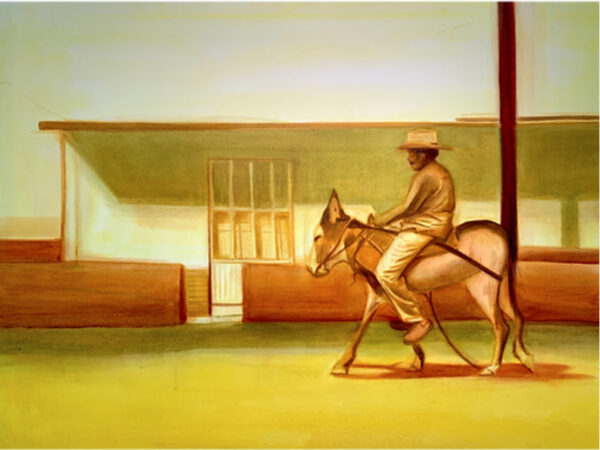
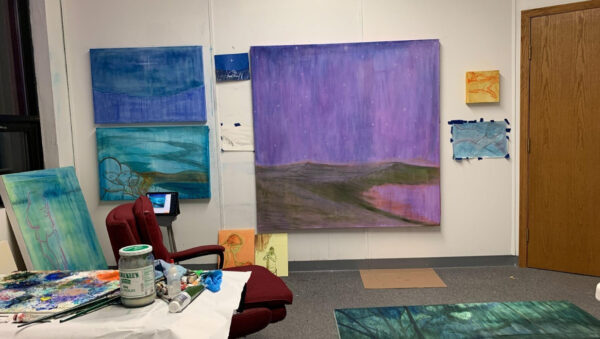
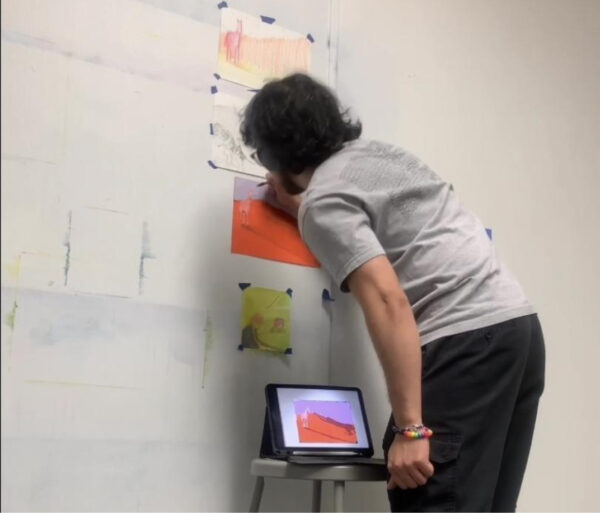
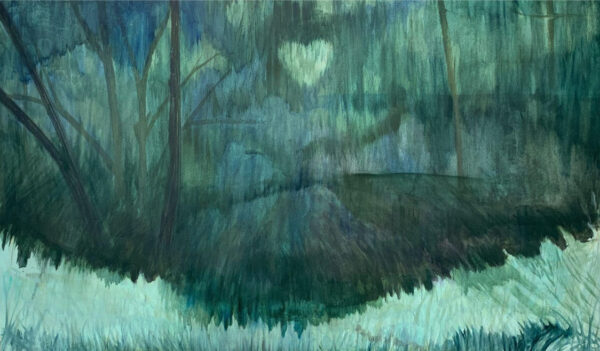
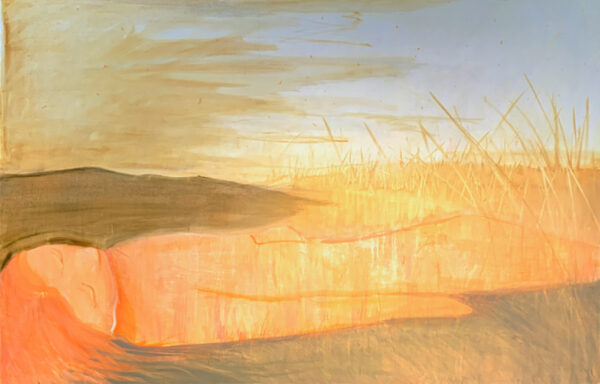
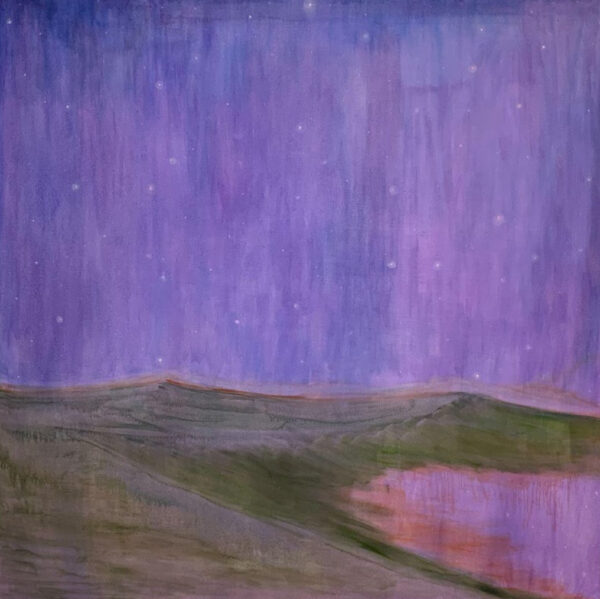
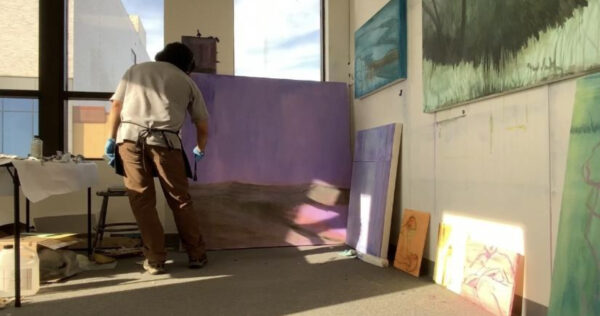

1 comment
Loved this! What a clear and integrated worldview. Especially the part about including family and elders in the experience of art. And beautiful work. Bravo, Jacob Garza.